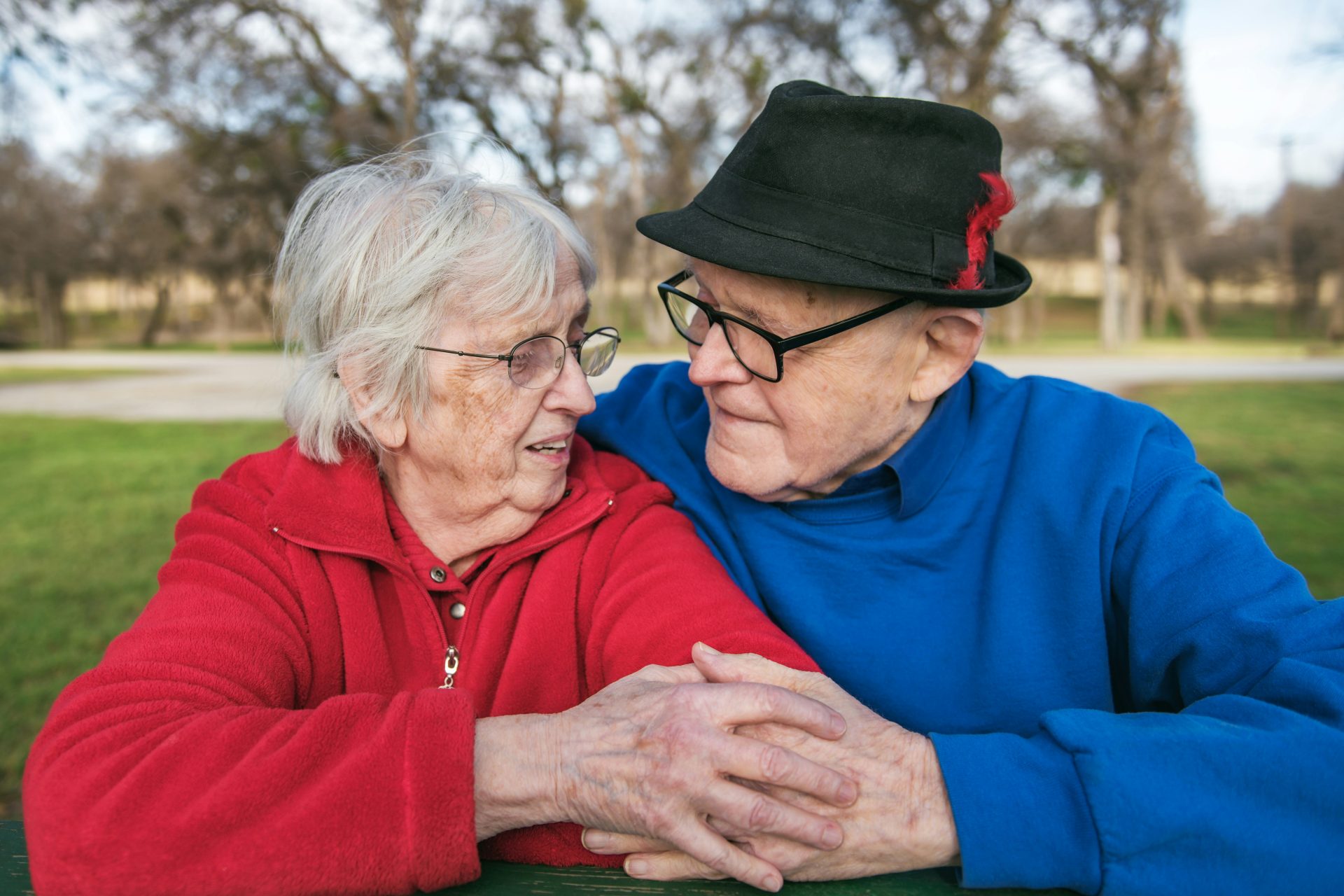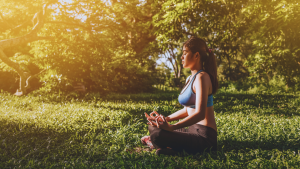What if losing independence wasn’t inevitable with age? Too often, people assume growing older means handing over control of daily life. That mindset can lead to unnecessary restrictions and a faster decline in both confidence and ability. But the truth is, with the right approach and support, many older adults can stay independent, active, and in charge of their routines for much longer than people think.
Here’s a better way to look at ageing. It’s not about what can’t be done anymore. It’s about creating a safe and practical setup that allows older individuals to keep doing what they can do, comfortably and confidently.
Let’s look at practical strategies that actually help.
1. Medical alert systems save lives, but also confidence
This is a big one. A well-chosen medical alert system isn’t just about emergencies. Yes, it means help is available quickly if something goes wrong. But it also removes the fear of being alone, especially for someone who’s had a fall before or is living with a chronic condition.
That peace of mind often becomes the key to staying independent. When older people feel safer moving around or being home alone, they’re more likely to keep up daily routines and live on their own terms.
The best medical alert systems are simple, reliable, and wearable. Some include fall detection, others connect straight to emergency responders. Either way, having one in place is a practical step that gives both the individual and their family more confidence.
2. Keep the home practical, not just pretty
The home environment matters more than most people realise. Even small design flaws can lead to bigger risks as someone gets older. Think slippery floors, hard-to-reach cupboards, or awkward bathroom setups.
Start with these five areas to make a big impact:
- Lighting – Make sure hallways, entryways, and staircases are bright and easy to navigate at night.
- Flooring – Remove rugs or cords that could cause trips. Choose surfaces that aren’t slippery.
- Bathroom layout – Add grab bars near the toilet and in the shower. A seat in the shower can also help with stability.
- Door handles and taps – Swap out knobs for lever-style handles that are easier for stiff hands to manage.
- Kitchen access – Keep everyday items at waist height to avoid excessive reaching or bending.
The goal isn’t to make the place look like a hospital. It’s about subtle changes that keep everything within reach and reduce the need for assistance.
3. Staying social matters just as much as staying safe
Independence isn’t only about being physically capable. It also hinges on staying emotionally and mentally well. When older people begin to lose regular contact with others, their mental health can take a hit, which often impacts their motivation and overall ability to manage life alone.
It doesn’t always take major outings or busy social calendars to make a difference. A few regular connections each week can be enough. That could mean visiting with a neighbour, catching up with friends over the phone, or joining a small local group. The point is to maintain a steady flow of interaction, so isolation doesn’t quietly settle in.
Keeping up these small social habits helps older people stay mentally sharper, more confident, and more engaged with their environment. All of that feeds directly into maintaining independence.
4. Routines create rhythm, and rhythm brings ease
Daily routines give structure to the day. Without one, time can start to blur, especially for those not working or living alone. A lack of routine can make it harder to remember things like medications, meals, or appointments. It can also lead to a sense of disconnection from the outside world.
A simple, steady rhythm can make a big difference. Getting up at the same time, eating meals around consistent hours, and having a few regular daily habits helps lock in a sense of stability. It’s not about creating a strict schedule. It’s more about giving the day a shape that supports memory, energy levels, and confidence.
For example, someone who takes a short walk every morning is more likely to maintain mobility over time. A routine also helps family or carers keep in sync, reducing confusion or missed check-ins.
5. Gentle movement keeps people independent longer
One of the biggest risks to independence is a drop in physical ability. The less someone moves, the harder it becomes to maintain strength, balance, and coordination. But staying active doesn’t mean intensive workouts or strict exercise plans. It simply means moving the body often, in ways that feel comfortable and safe.
Walking, light stretching, gardening, or household chores all count. Even sitting exercises can be useful. The goal is to keep muscles working and joints moving, to prevent stiffness and weakness from setting in.
When people move often, they fall less. They feel more confident doing daily tasks. They also sleep better, think more clearly, and experience fewer aches and pains. All of that helps keep them independent and in control of their lives for longer.
6. Help should feel like support, not control
There’s a delicate balance between helping someone and taking over. When support becomes too hands-on, it can chip away at someone’s confidence. They may start to feel incapable, even if they’re not. That mindset can lead to faster decline, both physically and emotionally.
Support should feel collaborative. Rather than assuming what someone needs, ask them. Rather than stepping in too quickly, offer a choice. Often, the best kind of support is in the background – setting up systems that make things easier without removing control.
Simple examples include setting out the week’s medications into a visual organiser instead of administering them directly, or preparing ingredients so the person can still enjoy cooking meals themselves. These kinds of adjustments allow people to keep doing things their way, just with a bit of thoughtful scaffolding.
7. Tech is useful, but only when it’s actually usable
Yes, technology can support independence. But not all tech is helpful. Complicated systems, constant app updates, or tiny buttons can do more harm than good. The key is finding devices that are simple, reliable, and actually designed with older users in mind.
When technology works with someone’s daily habits, rather than interrupting them, it becomes useful. That could mean a clear display clock that shows time and date, a voice-activated reminder, or a phone with large buttons and loud volume. These kinds of tools help older people stay organised, connected, and aware, without overwhelming them.
But it’s never just about handing over a gadget. It’s about showing how it works, setting it up together, and making sure it actually makes life easier, not more complicated.
Let Them Lead the Way
Every older person is different. Some want to stay completely self-sufficient. Others prefer a bit of support but still want control over their choices. There’s no one-size-fits-all answer, which is why listening comes first.
Independence isn’t about doing everything alone. It’s about having the freedom to make your own decisions and live life on your own terms. With the right mix of safety measures, consistent routines, social support, and thoughtful planning, most people can hold onto that freedom far longer than they realise.
The goal is not to step in and take over. It’s to make sure the path stays clear for them to keep doing what matters most – their way.




